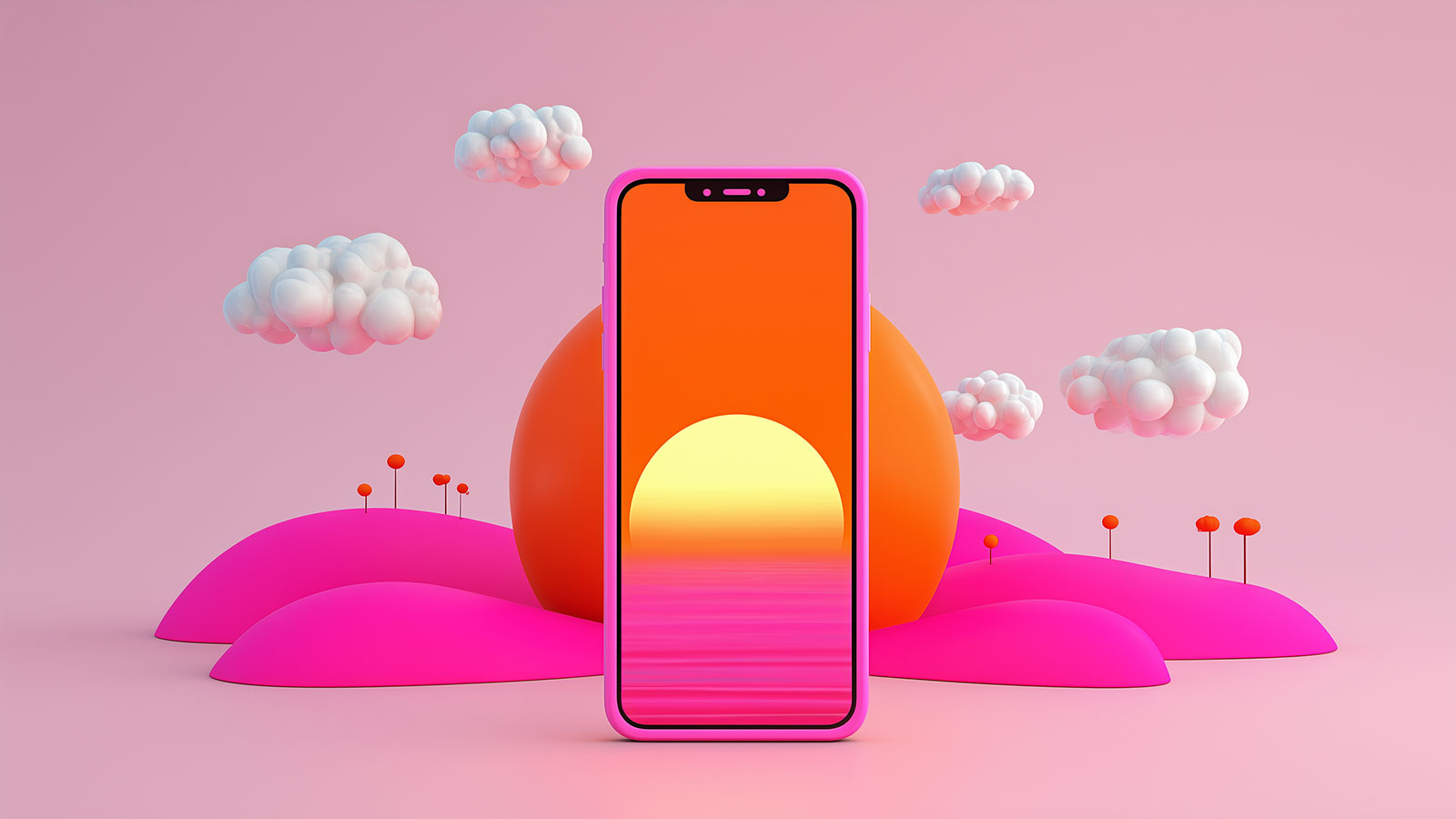How AI Can Finally Catch Real User Intent – Without Tracking Everything


Introduction
Intent is the holy grail of mobile app engagement. If you knew exactly when a user wanted to buy, explore, or leave, you'd know when to send that push, when to offer that upsell, and when to back off.
But here's the catch: most tools still guess. They rely on historic behavior, average session lengths, or predefined funnels. It's personalization by rearview mirror.
What if you could actually detect intent as it happens — without needing to track every move or sync endless data to the cloud?
In this blog, we’ll explore how on-device AI changes the game by catching real-world user intent through real-world signals. And how ContextSDK helps apps deliver smarter, more respectful engagement that feels just right.
The Problem with Traditional Intent Detection
You’ve heard it in every product meeting: “We want to be intent-based.” But what does that mean in practice?
Most Apps Today Use:
- Historic behavior (“They bought last Thursday, maybe they’ll buy again this Thursday”)
- Session length (“They’ve been in the app for 5 minutes, they’re probably ready to convert”)
- Click patterns (“They tapped around a lot, so maybe they’re interested”)
These signals are not wrong. But they’re limited:
- They miss what’s happening now
- They don’t adjust based on the user’s current state
- They require cloud-based processing and constant syncing
That’s not intent detection. That’s behavior inference based on guesses.
The Case for Real-World Intent
Let’s reframe intent detection: it’s not just what the user did – it’s what they’re likely to do next.
And that prediction gets much better when you combine app usage with real-world context:
- Are they moving or still?
- Is the phone plugged in or about to die?
- Are they actively scrolling or just glancing?
- Is it Monday morning commute or Sunday night wind-down?
Each of these signals tells you something about the user’s state of mind – and their likely intent.
Example: If a user opens your app while walking, glances at one screen, then switches apps, they’re not in a good moment for a full onboarding flow. But if they launch the app from home Wi-Fi at 8pm and sit idle for a few seconds? That’s your window.
How ContextSDK Detects Intent – On Device
ContextSDK is built to detect these intent signals without needing any cloud-based behavioral profile. It does this by using on-device AI to read over 200 smartphone signals in real time.
What kind of signals?
- Motion state (walking, stationary, commuting)
- Screen handling and activity
- Device charging + battery level
- Time of day + location type (without GPS)
- Interaction patterns (taps, swipes, hesitation)
Because it runs fully on-device, it respects user privacy and works instantly – no syncing delays, no backend calls.
This means apps using ContextSDK can:
- Trigger a paywall only when a user is leaning in
- Delay a push notification if the user is distracted
- Switch from showing an ad to an upsell based on current intent
Use Cases: Smarter Personalization with Intent Detection
Let’s look at how this plays out in real life:
1. Upsell Timing in Subscription Apps
Show a discounted offer only when the user is idle, relaxed, and seems curious. Avoid showing it when they’re just checking something quickly.
2. Push Notification Delivery
If a user just locked their phone and is moving fast (walking or commuting), wait. ContextPush holds the message until a better moment.
3. Session Personalization
Shorten the onboarding flow if the user is walking. Expand it when they’re stationary with strong signal and time to focus.
4. Monetization Logic in Free Apps
Decide in the moment whether to show a rewarded ad or a paywall based on how engaged the user is.
Each of these shows how real-world context can unlock intent-aware logic — all without requiring the user to do anything differently.
How It Works Under the Hood
- Signal Detection (on device) ContextSDK reads behavioral and environmental signals
- Intent Estimation Machine learning models map signals to likely user goals
- Trigger Decision ContextPush (for retention) or ContextDecision (for monetization) determines what to show and when
- Performance Tracking You get visibility into what worked, and can refine the logic with no extra engineering
Why This Matters
- No guesswork – you don’t rely on past averages
- Privacy built-in – data stays on the device
- More conversions – users act when timing aligns with intent
- Better UX – no interrupting the wrong moment
You’re not just reacting to clicks. You’re predicting intent.
And that’s how apps win today.
Ready to Detect Intent Smarter?
ContextSDK gives your app real-world superpowers, without bloated infrastructure or privacy risks.
- Use ContextPush to deliver contextual notifications at just the right time
- Use ContextDecision to personalize paywalls, offers, and flows based on live user state
Start detecting intent before the user even taps. Because timing isn’t just nice-to-have – it’s the whole game.






